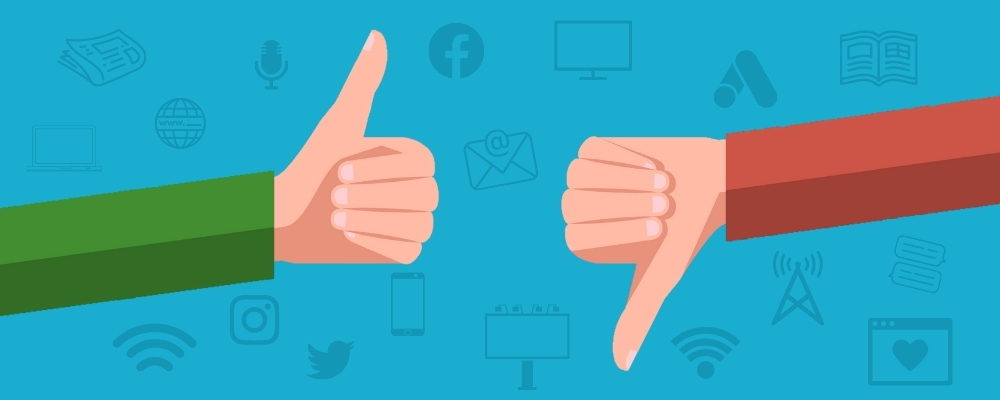- Television is the premier medium, with the largest reach capabilities. At the local level, television can provide sponsorship opportunities for advertisers looking to reach loyal viewers. Television advertising is the most impactful medium because of its ability to deliver a message visually and audibly while making an emotional impact.
- Great for creating brand awareness.
- No or low cost for viewing.
- The only medium that provides live sports and award show coverage at no viewing cost.
- Premium programming offered: live major sports (NFL, MLB, NBA, NHL), award shows (Academy Awards, Golden Globes, Emmy Awards, Tony Awards), Olympics, political debates.
- Commercial lengths—:15 and :30 are industry-standard lengths. :60 spots are available, but on a limited basis
|
- Reach is across the entire DMA, making it inefficient for advertisers who wish to only target a smaller area of the DMA.
- Targeting is broad on a geographic and demographic level. Demographic targeting is based on age cells.
- Viewers opt to skip ads, if possible—84% of those surveyed viewed admitted that they want to fast-forward through TV ads, and 60% would try to find and download TV shows to avoid advertisements. Source
- Cannot quantify the campaign impact for advertisers. Programming is purchased based on estimated ratings and is measured against the actual ratings that program delivers. However, high ratings only mean a commercial was seen. (Note: Some stations now offer tools to measure website traffic lift directly against television schedules. While not a direct attribution, a correlation can be identified.)
|




